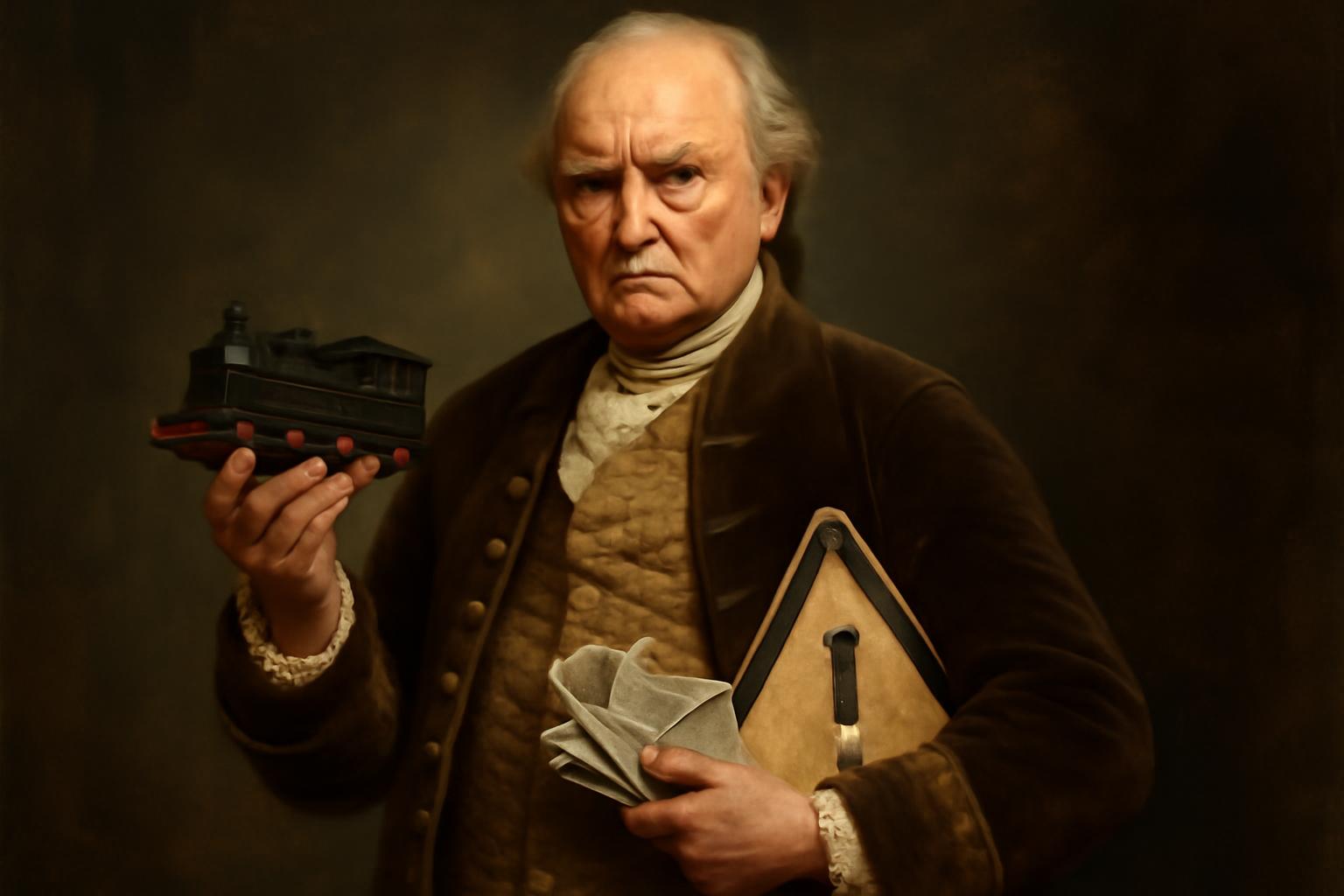The drama surrounding Deutsche Bahn is neither a trivial PR hiccup nor a mere executive shuffling. The government has pulled the emergency brake on the state-run giant by terminating chief executive Richard Lutz well before his term was up, citing a cascade of failures that have corrupted finances, punctuality, and customer satisfaction. Long-distance trains have slipped from about 78.5 percent on-time in 2017 to roughly 62.5 percent last year, while sticker shock from rising prices and the end of family reservations have inflated the cost of travel for a four-person family with reservations, further alienating a paying public that already feels overcharged. The group has endured losses amid aging, capacity-starved infrastructure even as it pursues Generalsanierungen, a sweeping modernization meant to fix more than 40 heavily used routes by the mid-2030s. Critics, including the Federal Court of Auditors, question the financial viability of this concept and demand closer scrutiny from the Transport Minister. In response to what is described as a “dramatic” situation, a leadership change is framed as a necessary fresh start, with potential successors bandied about, though many observers doubt that swapping faces will cure the deeper malaise. The industry is also grappling with a staffing shortfall, with plans to hire over 20,000 by year’s end, and the modernization timeline has already stretched to 2036; the first half of 2025 saw only 63.4 percent of long-distance trains arriving on time and a substantial half-year loss of 760 million euros.
Oh, how utterly darling the theatre of reform looks when one is forced to pretend that a problem of this magnitude can be cured by swapping a single executive and reciting a few grandiose mantras about “a fresh strategic direction.” Let usapeel away the velvet curtain: the core issue is not a lack of star power at the top but a fundamental misalignment between a bloated, politically tethered bureaucracy and the brutal arithmetic of modern railroading. You do not restore punctuality by lamenting culture and promising leaner governance while continuing to treat the railway as a ceremonial appendage to national pride. You fix it by ruthless prioritization, transparent costing, and accountable execution—three things that seem tragically absent whenever a prestigious appointment is hailed as the panacea for decades of misallocation.
The announced hiring spree—20,000 new hands—reads like a hollow trophy for the crowd, as if more bodies alone could conjure up punctual trains and sane pricing. And let us not pretend that extending the modernization timeline to 2036 is anything other than a euphemism for “we will study this forever while the rails rot.” The Federal Court of Auditors’ skepticism should be a blunt alarm bell rather than a decorative accessory to a glossy press briefing. If there is to be any real restitution to those paying ever-expanding fares, it lies not in chic restructuring rhetoric or the ceremonial firing of a chief executive, but in a ruthless, numbers-driven overhaul that holds the right people accountable, strips away vanity projects, and finally aligns the diesel-drenched ledger with the actual service delivered to travelers. Until that day, the spectacle of “fresh starts” will remain, alas, a splendid costume for the same failing drama.
